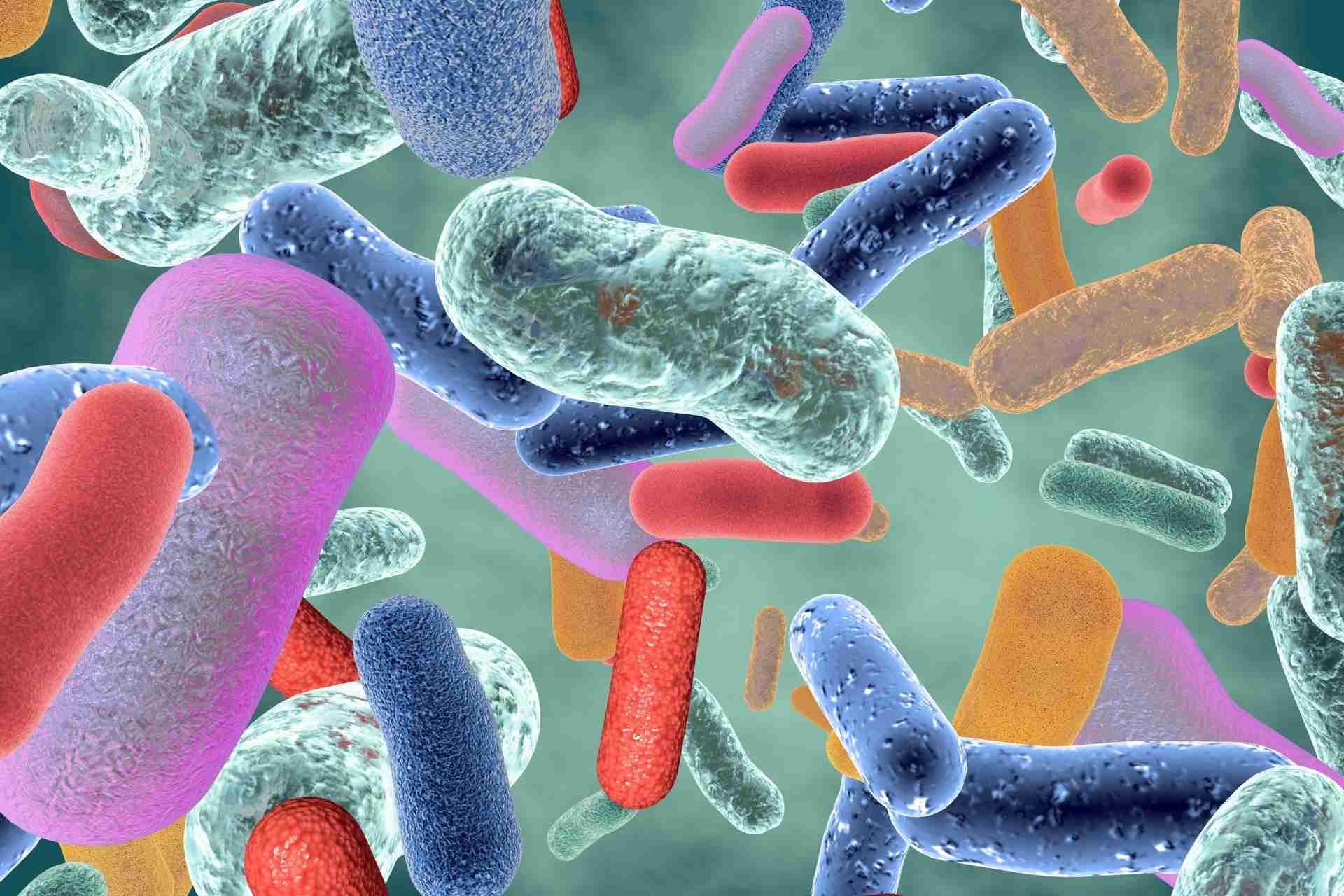What is already known on this topic
The gut microbiota can vary greatly across people. While some of this variability can be explained by differences in the environment, the diet, and the genetics of individuals, it’s unclear how new microbes are acquired and become part of the gut microbiota.
What this research adds
Working in fruit flies, researchers studied how germ-free animals acquire their gut microbiota. Even among genetically identical flies that were reared, housed, and fed in the same way, the researchers observed variations in microbiota composition. Using these data, the researchers built mathematical models that could probe different scenarios by which new microbial species could be acquired. These models helped them to understand some of the factors that may shape the gut microbiota, such as the interaction between bacterial species facilitating each other’s colonization of the gut.
Conclusions
The findings may inform therapies, such as fecal microbiota transplants and probiotics, that introduce foreign microbes to modify a person’s gut microbiota.
The community of microbes living in our gut can shape our health, but how these microbes colonize the gut remains unclear. Researchers have now found that the interactions between existing gut commensals sets the odds for whether new microbes are acquired.
The findings, published in PNAS, may inform therapies — such as fecal microbiota transplants and probiotics — that introduce foreign microbes to modify a person’s gut microbiota.
Scientists have known that the gut microbiota can vary greatly across people. While some of this variability can be explained by differences in the environment, the diet, and the genetics of individuals, little is understood about how new microbes are acquired and become part of the gut microbiota.
To address this question, Eric Jones at Simon Fraser University and his colleagues set out to study the factors that shape the odds of the colonization process in the guts of the fruit fly Drosophila melanogaster.
Gut colonization
The researchers investigated the acquisition of new microbiota members in a controlled setting by using germ-free flies that were inoculated with five bacterial species —Lactobacillus plantarum, Lactobacillus brevis, Acetobacter pasteurianus, Acetobacter tropicalis, and Acetobacter orientalis — at known abundances.
All these microbial species are members of the fly microbiota. Acetobacter bacteria metabolize sugars, ethanol, and other carbon sources, whereas Lactobacilli metabolize amino acids and sugars, producing lactic acid.
The team inoculated each of 31 combinations of the five bacteria into separate groups of germ-free flies, and then characterized the colonization outcomes. Then, the researchers reproduced the colonization outcomes with a series of mathematical models, which helped them to understand some of the factors that may shape the gut microbiota.
Stochastic events
Even among genetically identical flies that were reared, housed, and fed in the same way, the researchers observed variations in microbiota composition. Some groups of bacteria facilitated each other’s colonization and were more likely to coexist, the team found. For example, Acetobacter species colonized more frequently in the presence of Lactobacilli and less frequently in the presence of other Acetobacter bacteria.
“Think of microbiome composition as a big party where the social dynamics determine who leaves early and who stays until dawn”, says study co-author William Ludington.
These dynamics may influence therapeutic approaches that aim at modifying a person’s gut microbiota by introducing foreign microbes, the researchers say. “Future efforts to deliberately drive an individual’s microbiome to a desired composition (the goal of personalized microbiome healthcare) will benefit from taking stochastic colonization into account when prescribing microbiome-based therapies”, they say.









